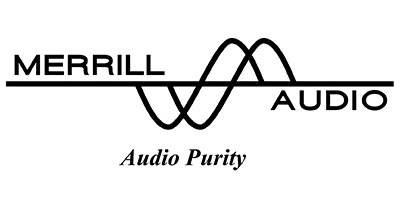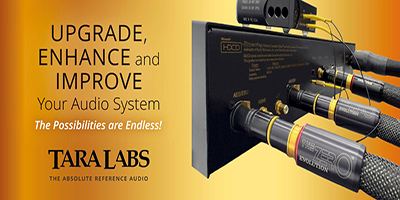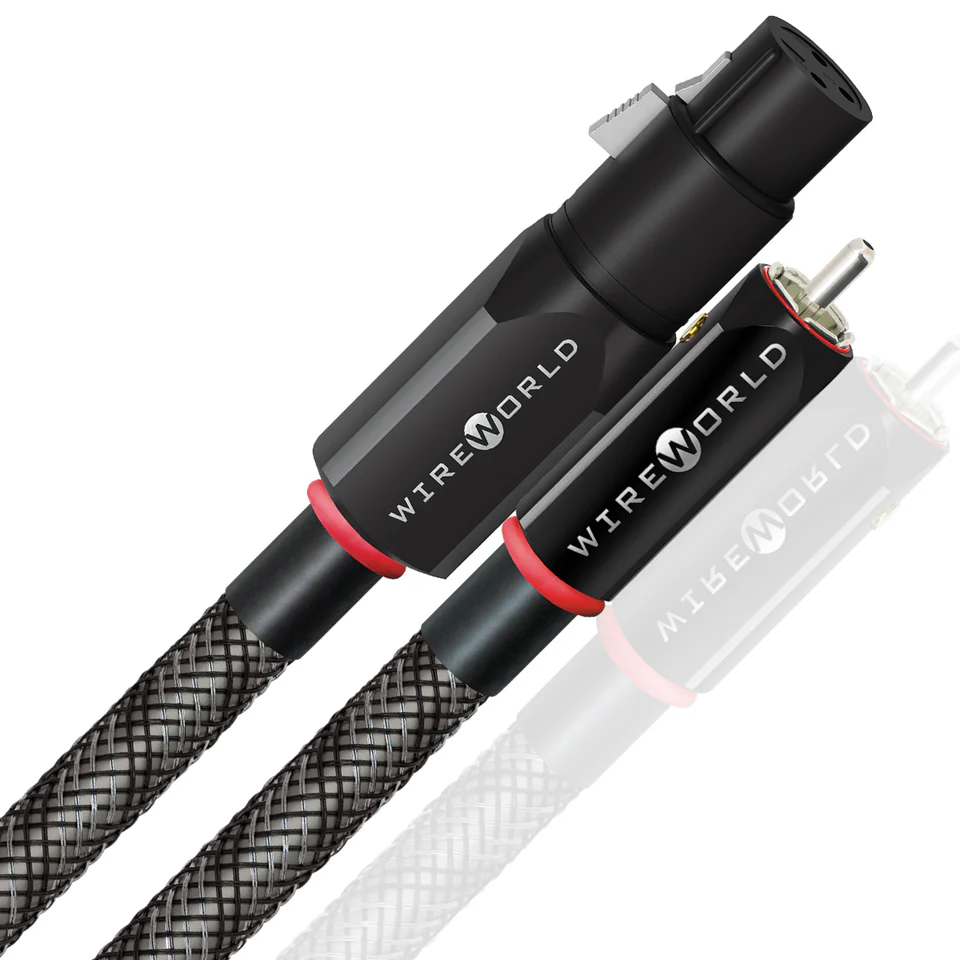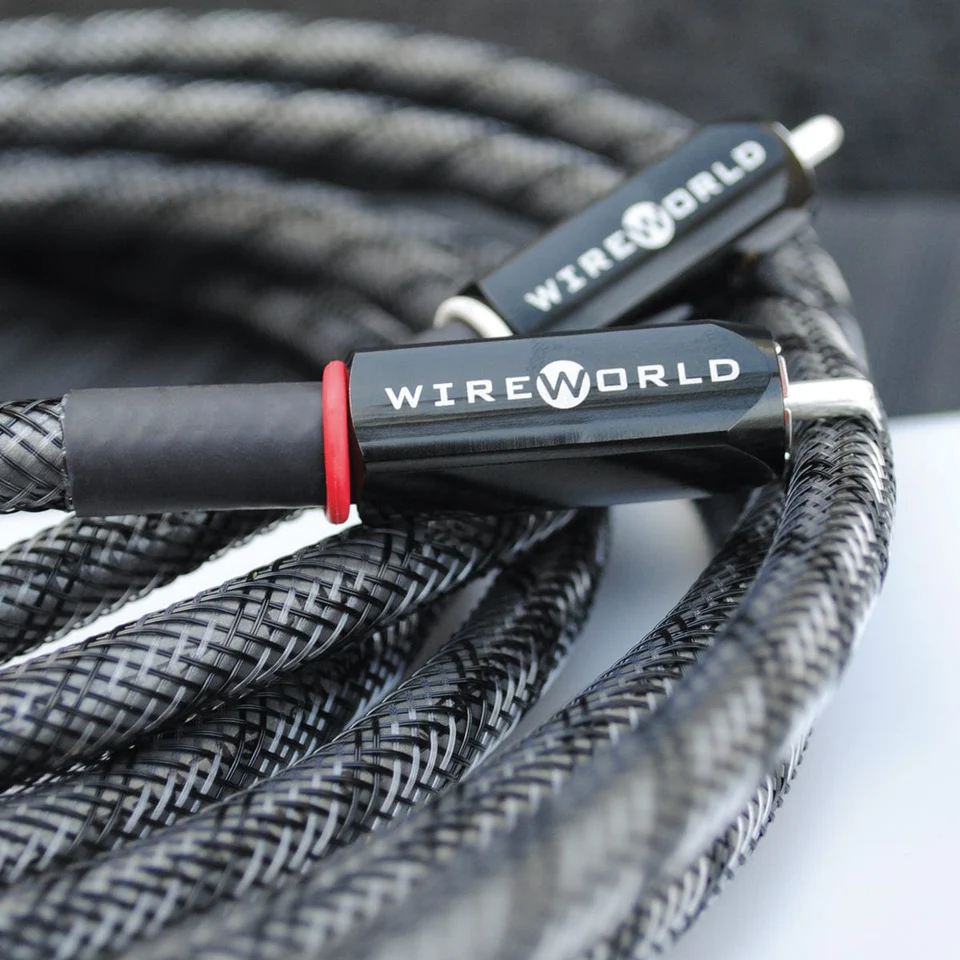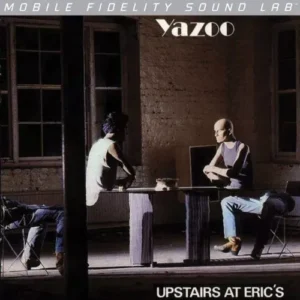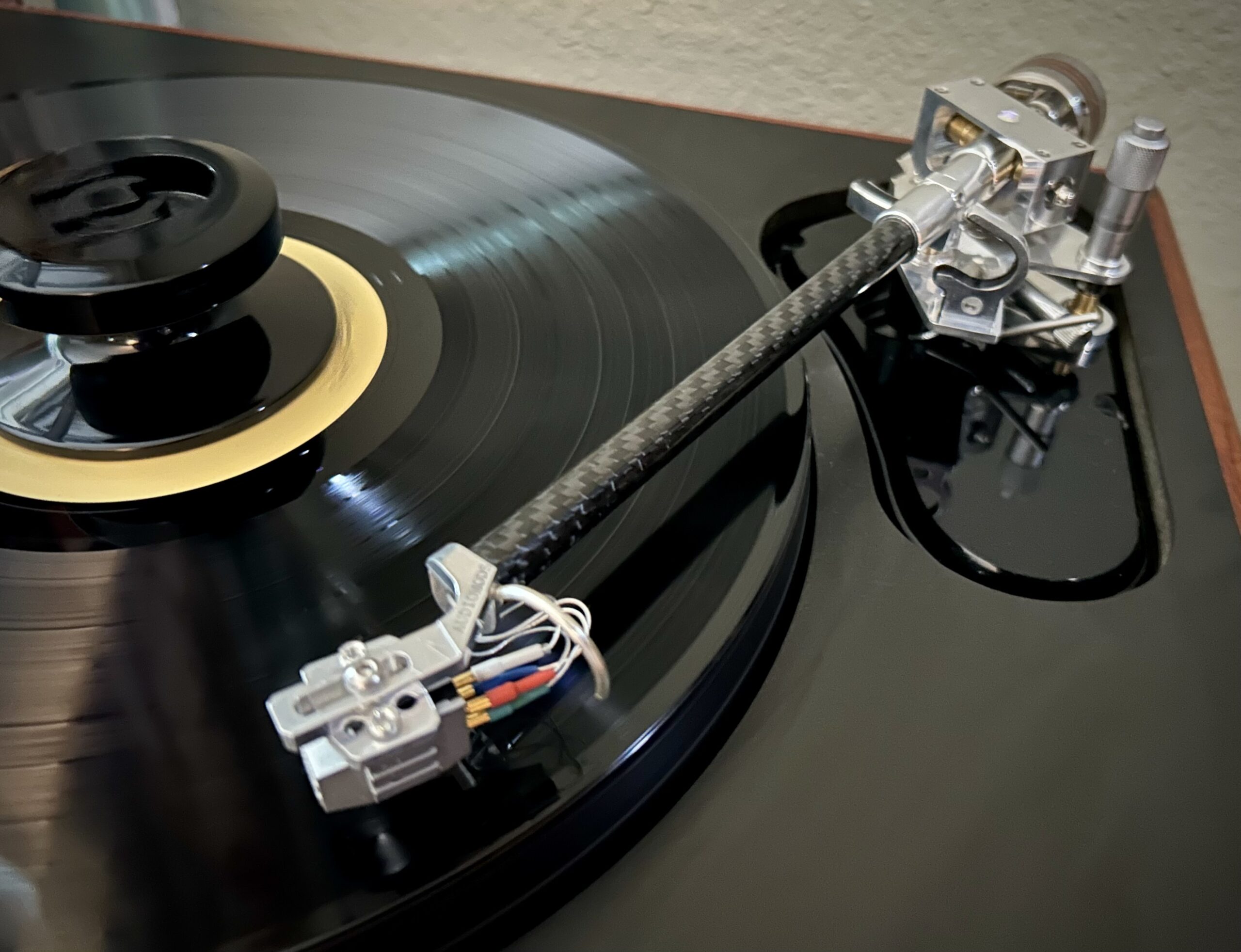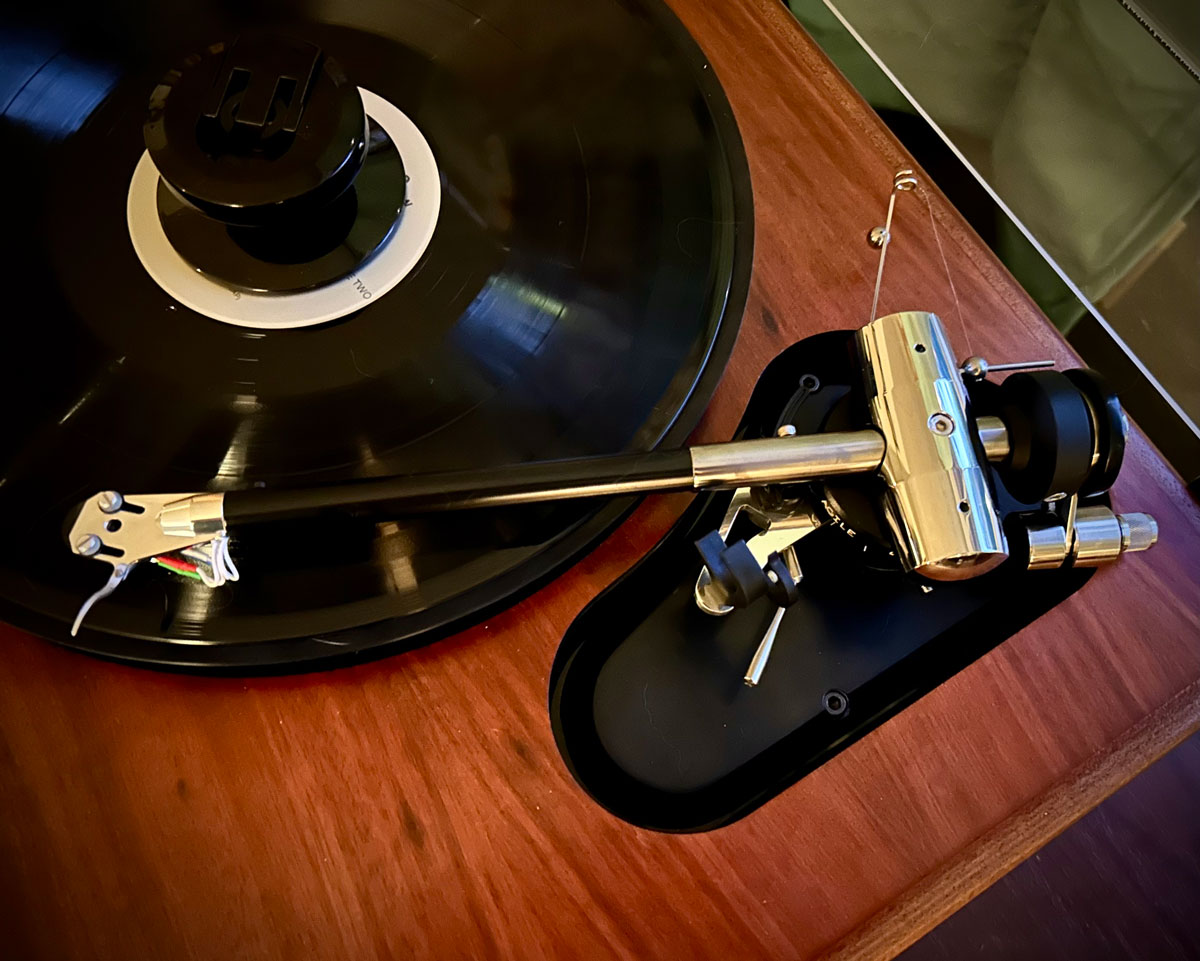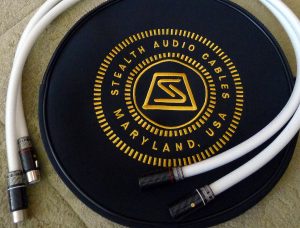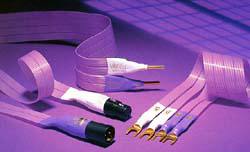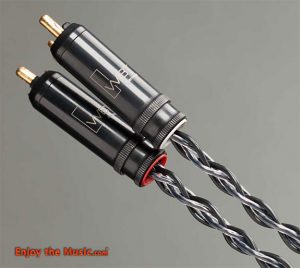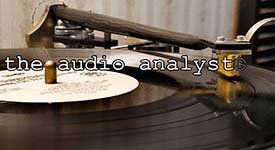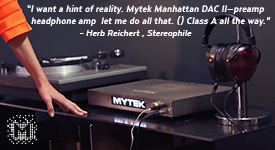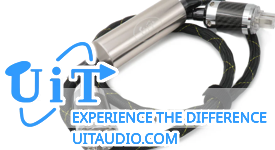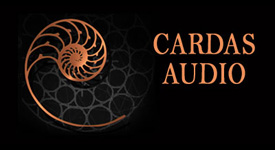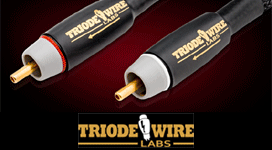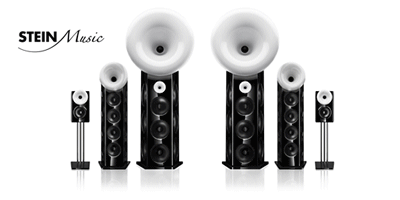What manner of arcane sorcery does David Salz of Wireworld Cable Technology practice behind closed doors in the depths of his cryptic labyrinth? Are mystic spells being chanted, obscure rituals observed, and talismans of power wielded in the creation of magical and wonderful wires? Or perhaps I've simply spent too many hours this weekend binge-watching the director's cut of The Lord of the Rings movies. Still, inquisitive audiophiles must know the answers! After all, there should be a clear-cut answer to this topic of wires in audio reproduction and an established protocol for which designs are preferable for use. After all, this is just wire we are talking about. Or perhaps this really is something more.
Alas, this is a messy subject with many points of view, and it should come as no surprise that a plethora of wire designs exists in this hobby. David Salz began designing cables in 1980 and founded Wireworld in 1992. He has shown unwavering commitment to high-performance audio playback, participating in cable design and manufacturing for 45 years. Over the years, his creations have captured the attention of audiophiles across the globe and garnered a reputation for both sound quality and robust construction.
The incubation period for the newly released Series 10 family of cables spanned five years. Numerous prototypes were produced, followed by a revision when initial targets weren't met. Over time, limitations of each prototype were identified and addressed until David reached his goals. What are those goals, you ask? Simply put, each new cable must outperform the model one step above it from the previous generation. For example, an Eclipse 10 interconnect must match the performance of a Silver Eclipse 8, and a Silver Eclipse 10 must challenge a Gold Eclipse 8 cable. This doesn't mean the cables share the same sonic signature, but rather, it offers a comparable performance at the macro level.
For roughly ten years, I have used Wireworld cabling in my reference system, including Silver Eclipse 7 and Gold Eclipse 8 interconnects, as well as Eclipse 8 speaker wire. During that time, I've experimented with products from other companies, but I always return to Wireworld cables for their honest and consistent music reproduction when used with a wide array of components. When I learned that a new generation of cables had been released, I reached out to Larry Smith at Wireworld, who kindly arranged to send a few pairs of Silver Eclipse 10 interconnects for review. While there are more affordable options in the Eclipse product line, $850 per meter is a significant investment. Yet in the cable landscape, this series is priced in the affordable tier of high-performance wires.
The DNA Helix architecture is the foundation of Wireworld's cable design. The layout consists of round strands formed into flat conductors, then stacked and finished with a helical twist that aligns all strands in a parallel geometry. This minimizes the effects of electromagnetic eddy currents by establishing a consistent magnetic field around the conductors. In contrast, a traditional twisted cable design creates magnetic irregularities that introduce subtle signal distortions.
The Silver Eclipse 10 interconnects use a Quad-Helix design with four conductors and 32 insulated strands. The wire is 7N Ohno Continuous Cast Copper with a generous silver overlay. This silver-over-copper recipe often incites debate, but when executed properly, it merges the strengths of both materials.
Two significant design changes are responsible for the improved performance in this generation of cables. First, each wire is now individually encased in dielectric material, unlike Series 8 where pairs of strands were grouped in a single casing. This seemingly minor adjustment enhances the efficiency and stability of the magnetic field and further minimizes eddy current effects. The results include improved resolution, dynamic contrast, reduced noise floor, and a richer harmonic structure. Additionally, individually casing each wire improves physical stability between conductors. Over time, David has found that the distance between positive and negative conductors is critical to the balance of inductance, capacitance, and resistance. In the DNA Helix design, the inductance-to-resistance ratio is key. Too much spacing results in a warm sound, while too little yields a clinical tone. This architectural improvement ensures stable wire spacing that is essential to the cable's voicing.
Composilex 5 is Wireworld's latest generation dielectric material. The company guards its formula closely, as it significantly contributes to overall performance. This composite of materials lowers the noise floor and maintains wire spacing stability while offering improved flexibility.
The RCA and XLR terminations have also been updated. The RCA connector uses an OFC copper body with a silver-clad outer layer, while the XLR uses a copper alloy, also silver-plated. The RCA O-rings have been upgraded, as have the hard cases used for packaging. Overall, the Silver Eclipse 10 interconnects include numerous refinements that yield meaningful improvements in both performance and sound quality.
Wireworld shipped three pairs of Silver Eclipse 10 cables for this review. One XLR pair connected a Trinnov Amethyst preamplifier to a pair of Classe Audio Omega monoblock amplifiers; a second pair linked a Cen.Grand DSDeluxe 1.0 DAC to the preamplifier. The final pair of RCA-terminated cables is assigned to an Esoteric E-03 phono stage. A run of Eclipse 8 speaker wire connects the amplifiers to JBL 4367 speakers, with low frequencies augmented by two Velodyne HGS12 servo subwoofers. The digital transport is a terNario core and bridge combination, and the turntable is a SOTA Cosmos Eclipse with an Origin Live Agile tonearm and a Transfiguration Proteus moving coil cartridge. PI Audio Group power cords complete the system.
Wireworld suggests less than 100 hours for initial break-in, but I typically exceed that, running cables for 150-200 hours to ensure I hear their full potential. Once I stop hearing meaningful changes with reference material, I consider the break in process complete and can begin the review.
Hybrid copper/silver interconnects often ignite debate among cable enthusiasts. Some claim silver adds brightness and lacks the low-level resolution of pure silver or the richness of copper wire. Others believe silver enhances detail while copper retains musical body. Both camps have valid points, and excellent cables exist with either approach. The Silver Eclipse 10 interconnect effectively combines the best of both materials. This is not a new concept, as there have been hybrid cables available for many years.
George Winston's final album, Night, serves as a fitting test for this wire. "Freedom for the Stallion" showcases everything this cable excels at. The opening chords are deep, resonant, and textured—traits associated with copper wire. Meanwhile, the pedal work's layered sustain is uniquely captured by the silver. According to David and Larry, each new cable should outperform the next-highest model in the previous series—not duplicate it. Thus, Silver Eclipse 10 is not a clone of the Gold Eclipse 8 for it has a distinct hybrid voicing, one that clearly exceeds its predecessor in every playback element.
Vocal reproduction is another area I value highly. I tested the Silver Eclipse 10 with a range of artists and vocal styles. John Gorka's voice has the expected rich, dark tone, but also lightens gracefully on compositions like "Flying Red Horse." The Wireworld cable handled this tonal shift effortlessly. Alison Krauss's upper registers were vibrant and full of nuance, never thin or brittle. Her subtle vibrato on "Oh Atlanta" crests into powerful passages, and the cable captured it beautifully. Diane Schuur, a national treasure from Tacoma, Washington, delivered dynamic vocals on "You Can Have It" with the Count Basie Orchestra. The Silver Eclipse 10 conveyed every swing, run of scat, and belt without imposing its own sonic character, unlike lesser cables that can bottleneck performance.
Dynamics, especially micro-dynamics, are critical to musical realism. After tone, a case can be made that dynamics are the next most important element of music reproduction. Micro-dynamics define the attack and decay of instruments, such as the nuanced burst of a trumpet or the burnished harmonics of a French horn. Here, the Silver Eclipse 10 excels over its predecessor. Tom Waits' "Walking on Eggs" offers a fantastic example. The sax is gritty, Waits' voice is smoky, the bass pops, and the drums are solid. The interconnect delivers a lifelike, textured presentation that the Series 8 could not quite achieve.
Once tone and dynamics are right, spatial presentation becomes key. The JBL 4367 speakers can produce a wide, deep, and tall soundstage. With proper placement and room treatment, the stage becomes cavernous. To assess this, I played Yaz – Upstairs at Eric's (Mobile Fidelity release) on the SOTA turntable. "I Before E Except After C" created a spatial tapestry that stretched across the room, even extending along the side walls. Every sound was precisely placed with proper depth levels, while amorphous synthesizer notes hovered in vaporous form. Bass notes had real impact. I found no compromise in the Silver Eclipse 10's hybrid approach, and it once again compared favorably to the Gold Eclipse 8 cable.
Building a high-performing audio system is a balancing act, as room acoustics, equipment synergy, and power quality all matter. Cables also play a vital role. Not every system benefits from expensive wiring, and cost doesn't always equal performance. But when based on sound engineering, cabling can elevate a system significantly.
David Salz has spent 45 years in audio transmission, and the Generation 10 Series reflects that lifetime of experience. Silver Eclipse 10 interconnects, built on 7N Ohno Continuous Cast Copper with a generous silver overlay and encased in Composilex 5 dielectric, deliver exceptional performance. Their high-quality terminations ensure secure, low-loss connections. While not inexpensive, these interconnects offer superb build and sound quality—and solid value at their price point.
I recommend visiting the Wireworld website to learn more about their design philosophy. If you get the opportunity to attend a Wireworld event and listen to their wares. Perhaps you may even experience their Cable Comparator gizmo. Larry and the folks at Wireworld never shy away from blind testing and listening events of their products. I look forward to the chance to do so myself, and perhaps I will speak with David and Larry to see when their machine could make a trip to Washington State.
Silver Eclipse 10 interconnects
Retail: $850 a meter
Wireworld


